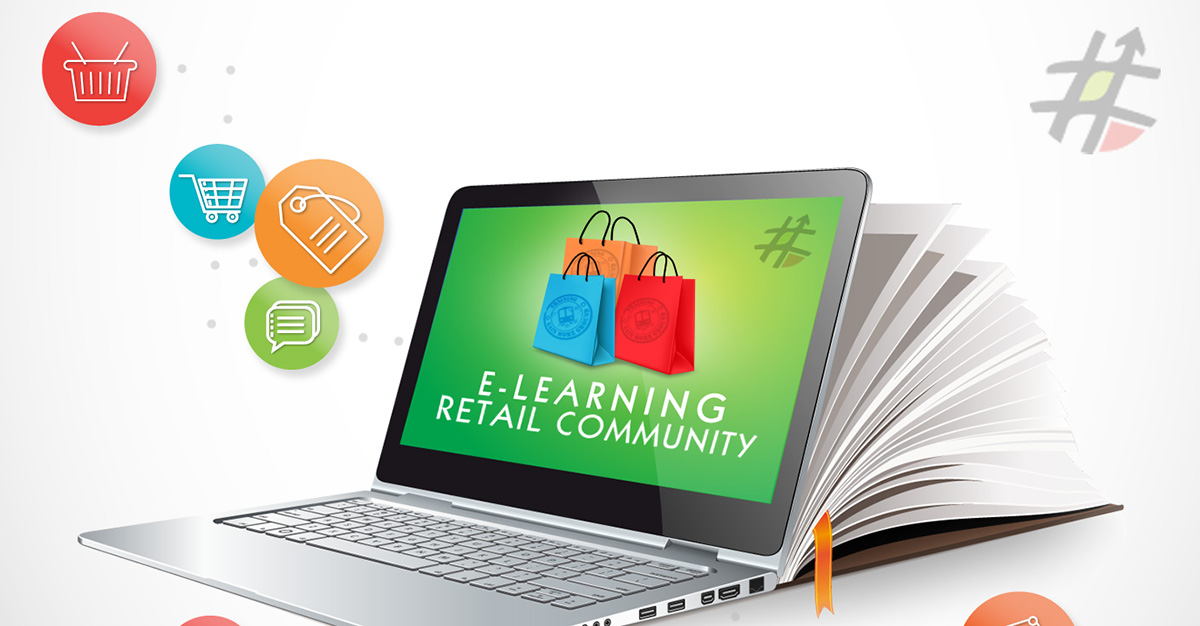With the evolving retail environment and customers shifting to online channels for purchase, the emphasis is to build a workforce that is not only focused on sales but is keen on pleasing the customer with high levels of customer service.
As far as industries go, retail is one of the largest in the world; currently worth USD 600 billion and it’s set to nearly double to USD 1 trillion by 2020. But right now, the industry is facing considerable challenges to anticipate evolving customer demands.
In Australia, that includes sales staff knowing intimately what they’re selling. Customers today are more conscious and demand more knowledge on the products they’re thinking of purchasing. That is why it’s important to give them the required training.
Presently retail companies opt for several employee training programs to train their staff on different aspects of their jobs. It is critical to provide adequate training as a large percentage of the retail workforce deals directly with customers. For example, the floor sales staff must be familiar with the internal processes of the company, product details and sales’ best practices.
You can learn more about e-learning for procurement and supply chain at Academy of Procurement.
Efficient Investment in Training
As Australian Retailers Association recently wrote, “employee training is an essential investment to ensure your staff can efficiently manage all aspects of your retail business. A well-trained employee is more productive and more fulfilled”.
It’s no surprise that one of the top 7 viable areas of investment is employee training.
As a modern learning solution, e-learning helps bridge this gap by delivering effective training with use of efficient learning solutions at a fraction of the cost that is incurred using traditional modes of training.
Benefits of e-Learning
Most of the world’s largest retail companies now use e-learning as a key aspect of their staff training and development processes. Adopting digital learning for training brings many benefits to the retail industry, and retail players can make the best use of this mode of training to create a positive impact.
Indeed, e-learning in retail brings value to brand and people. Here are some of the benefits of adopting digital learning for the retail sector:
Speed of implementation
One of the advantages of e-learning courses is that they are easy to deploy since there are no limitations of time and place. It is up to the retailers to find the right training programs that are updated with the latest information on new products or policies, delivered in a consistent manner.
For instance, for sales staff working on the shop floor, information on products is crucial to help them make effective sales and answer customer queries. In such cases, product training is crucial. A good way for effective training is to provide product information in the form of microlearning modules that can be accessed by employees on their mobile devices. In this way, employees can quickly refer to this information before making a sales pitch.
Cut down costs
The retail workforce is certainly vast, and it is a challenge to get employees together at one place for training since it might not be cost-effective. The good thing about e-learning courses is that employees can follow their training at different locations simultaneously, and on diverse training topics, based on what is required.
This helps to save costs compared to traditional learning, which incurs travel costs, and costs for location and classroom materials. It is a great benefit for global companies since all their employees can be trained on the same topics in any part of the world.
Train on diverse topics
Digital learning is flexible enough to meet the demands of various training needs in the retail sector. These consist of new hire training, leadership training, operational training, product training or software training. For instance, for sales training, e-learning courses with scenarios that cover how to identify customer needs, handle their queries, or make a sale or close one can effectively teach sales skills to employees.
Scenarios can be used once again for customer service training to teach employees how to handle customer complaints and objections. Business leaders should not forget that good customer service adds value to the business and must not be neglected.
Gay Mortimer, associate professor at the Queensland University of Technology Business School and retail expert, says a positive customer experience is now more important than ever. “Retailers will need to consider how they create not just positive in-store experiences for their customers, but relevant experiences. In order to do so, retailers will need to understand specifically who their customers are and what they seek.”
Besides, process training to train staff on in-store procedures can be delivered as e-learning courses to ensure store operations run smoothly. For example, animated videos accessible on mobile devices that explain the physical activities and tasks retail employees have to perform on the shop floor.
Track learner performance
One of the major advantages of digital learning is that it helps training managers track learners’ progress. Through an LMS, it becomes easy to track geographically dispersed employees. This allows managers to find out how many employees have completed the course, how many are yet to take it, and how many are mid-way through.
Additionally, an LMS can also be used to send reminders and updates to employees. It helps managing courses easier, considering the large number of people to be trained.
Learn anytime, anywhere
E-learning designed to be responsive can be accessed on multiple devices. Employees have the opportunity to learn anytime and anywhere because they can access the courses on the device of their choice. This is mainly significant to retail employees because they will be able to learn when they have some downtime.



